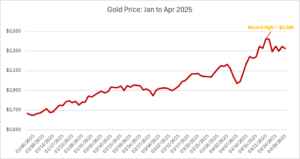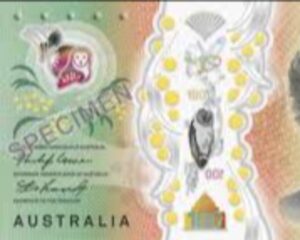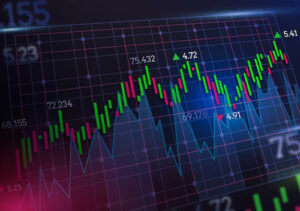This week, the world’s top financial policymakers gathered in Washington for the Spring Meetings of the International Monetary Fund and World Bank. But the usual focus on coordinated economic policy gave way to a more pressing issue: the unpredictable shockwaves of President Donald Trump’s trade strategy.
Behind closed doors and on public panels, officials from nearly 200 countries were consumed by one word — uncertainty. Will the U.S. ease its punishing 145% tariffs on Chinese goods? Are new trade deals truly “around the corner,” as the White House claims? Many foreign delegations said they are still trying to decipher what exactly Trump’s team wants.
Even U.S. Treasury Secretary Scott Bessent acknowledged the gravity of the situation, saying the current tariffs between the U.S. and China amount to a “de facto trade embargo” between the world’s two largest economies.
IMF Managing Director Kristalina Georgieva underscored the point at a Thursday briefing: “The worry I hear more often is not even tariffs, it’s uncertainty. Let’s have clarity.”
That message echoed across corporate boardrooms and trading desks. Firms repeatedly cited policy unpredictability in earnings calls. Analysts described the fast-changing headlines as a nightmare for forecasting and risk management.
“It speaks to the general degree of incoherence, uncertainty, and volatility with which the White House continues to make policy,” said Michael Brown, senior strategist at Pepperstone.
Earlier in the week, the IMF slashed its 2025 global growth outlook to the lowest since the pandemic. Markets briefly rebounded when Trump said he would be willing to “substantially” reduce tariffs on China and reassured investors he had no plans to remove Federal Reserve Chair Jerome Powell — a signal of support for central bank independence.
Still, the overall tone remained cautious. Investors and policymakers alike are weary of back-and-forth rhetoric without concrete plans. Analysts note that frequent policy U-turns are eroding trust among allies and market participants.
This week’s most frequently used buzzword was clear: uncertainty. And for global finance, that may be the most dangerous condition of all.





